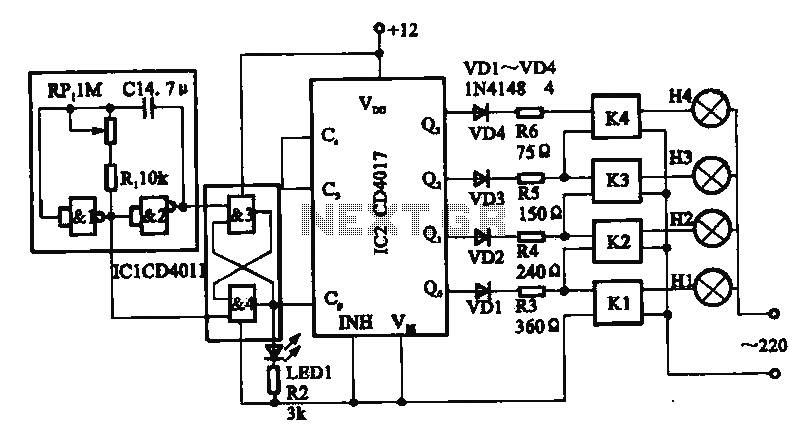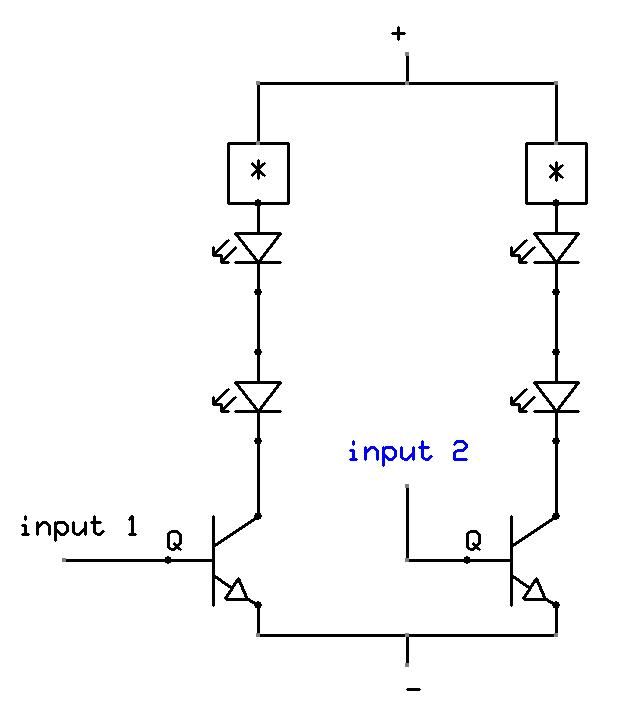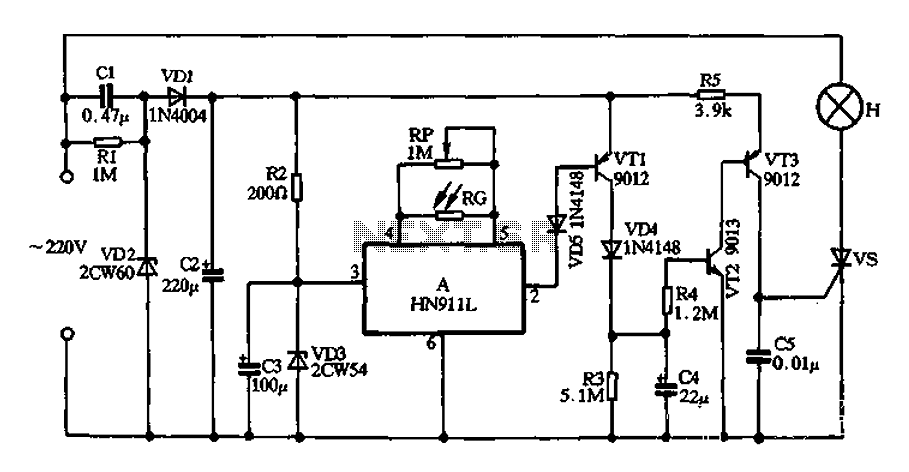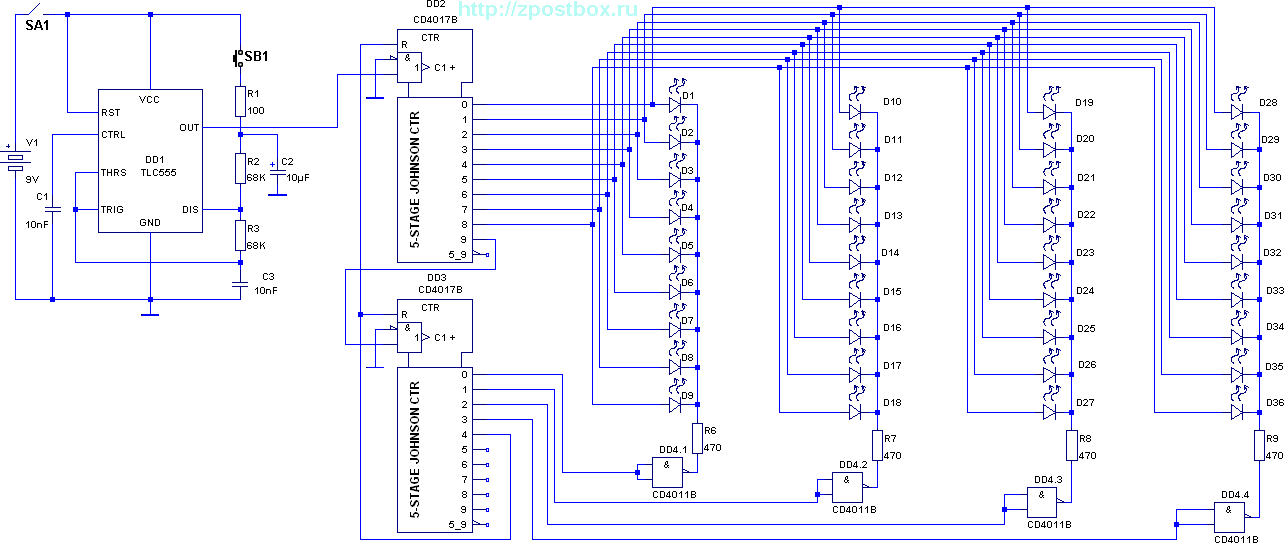
Pathway Lighting with LEDs

Simple pathway lighting that provides illumination for the path at night. Extension for the solar garden light. The toroid is bifilar wound.
The described circuit involves a solar-powered pathway lighting system designed to illuminate walkways during nighttime. This system utilizes solar panels to harness sunlight during the day, converting it into electrical energy stored in a rechargeable battery.
The pathway lighting comprises several key components, including solar panels, a rechargeable battery, a bifilar wound toroidal inductor, a light-emitting diode (LED) array, and a control circuit. The solar panels are typically mounted in a position that maximizes sun exposure, ensuring efficient energy collection.
The bifilar wound toroidal inductor serves multiple purposes in the circuit. It can be used for energy storage, smoothing out the voltage supplied to the LED array, and reducing electromagnetic interference. The bifilar winding technique enhances the inductor's efficiency, allowing for better performance in energy management.
The control circuit is responsible for regulating the flow of electricity from the battery to the LED array. It includes a light sensor that detects ambient light levels, automatically switching the LEDs on at dusk and off at dawn. This feature ensures that the pathway is illuminated only when necessary, conserving battery life.
The LED array provides bright, efficient illumination, utilizing minimal power while offering a long lifespan. The arrangement of LEDs can be designed to achieve uniform light distribution along the pathway, enhancing visibility and safety for pedestrians.
Overall, this solar-powered pathway lighting system is an eco-friendly solution for outdoor illumination, combining renewable energy technology with efficient lighting design.Simple pathway lighting that would provide illumination for the path at night. Extension for the Solar garden Light. The torroid is bifilar wound. The Torr. 🔗 External reference
The described circuit involves a solar-powered pathway lighting system designed to illuminate walkways during nighttime. This system utilizes solar panels to harness sunlight during the day, converting it into electrical energy stored in a rechargeable battery.
The pathway lighting comprises several key components, including solar panels, a rechargeable battery, a bifilar wound toroidal inductor, a light-emitting diode (LED) array, and a control circuit. The solar panels are typically mounted in a position that maximizes sun exposure, ensuring efficient energy collection.
The bifilar wound toroidal inductor serves multiple purposes in the circuit. It can be used for energy storage, smoothing out the voltage supplied to the LED array, and reducing electromagnetic interference. The bifilar winding technique enhances the inductor's efficiency, allowing for better performance in energy management.
The control circuit is responsible for regulating the flow of electricity from the battery to the LED array. It includes a light sensor that detects ambient light levels, automatically switching the LEDs on at dusk and off at dawn. This feature ensures that the pathway is illuminated only when necessary, conserving battery life.
The LED array provides bright, efficient illumination, utilizing minimal power while offering a long lifespan. The arrangement of LEDs can be designed to achieve uniform light distribution along the pathway, enhancing visibility and safety for pedestrians.
Overall, this solar-powered pathway lighting system is an eco-friendly solution for outdoor illumination, combining renewable energy technology with efficient lighting design.Simple pathway lighting that would provide illumination for the path at night. Extension for the Solar garden Light. The torroid is bifilar wound. The Torr. 🔗 External reference





